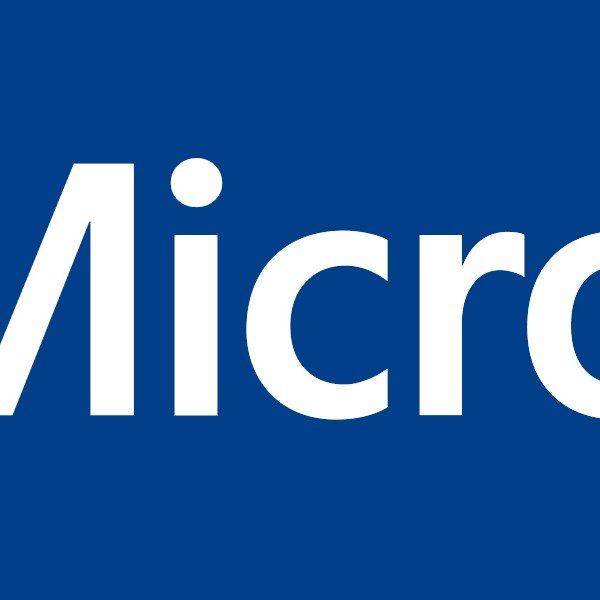Amid the kind of fanfare that one has come to expect for a consumer product launch, the Microsoft Xbox One team took to a stage before an audience of press and other onlookers to reveal their flagship entertainment console this morning.
The device itself has advanced sufficiently over its predecessor, the 360, which is to be expected given the eight year interval since Microsoft released a new platform. Every aspect of the console has advanced– enough so that the One will not be backwards-compatible with the 360, so don’t throw that 360 into the junk-heap yet.
For greater detail on the technical bits, there are plenty of good recaps on the web (IGN has one), but sticking just to the user experience, the new box features Blu-ray, built-in (as in, always included) new version of the Kinect visual-motion controller and, fortunately, a redesigned handheld controller that is not a radical departure from the existing 360 controller.
A large part of the reveal focused on the One’s role as an entertainment integration point. That is, not just as a gaming box that you could also run entertainment apps on, but as something more of an entertainment center, where switching between entertainment modes (game, movie, music, television, etc.) happens as quickly as you would flip channels on a remote– all demonstrated powerfully using voice commands with the Kinect.
The description of the advanced, redesigned Kinect sounds like a much closer realization of the sci-fi ideal, where much finer body and joint movement is recognized properly (compared with the original Kinect) and it was even mentioned casually that the Kinect can “read your heartbeat” while exercising. A feature that certainly gives pause to anyone who is properly concerned about the robot uprising.
The demonstration of Kinect’s voice command and physical gesture features was not earth-shattering compared to even the promise of the current generation of the Kinect– it seems to be an iterative improvement with new gestures and commands added. It may be a larger improvement than it would seem, but the demonstration was performed without any background noise or with any of the demonstration material on the One making sound.
The way the system works is described as “3 operating systems in one”– confirming, indeed, a Windows kernel, alongside a gaming-optimized system, and then a layer that integrates the two systems. Without going techy about it, that implies that game quality should be high without complicated development, and that other apps on the system should be easy to design and develop.
The other major shift with this announcement is away from emphasizing the individual console and focusing much more on leveraging the promise of cloud computing. They spoke at length on the new Xbox Live, which is to feature content (both theirs and yours) stored in the cloud and available anywhere. That is, your games, music, movies, saves, etc. all stored in the cloud and available from any console anywhere.
There was also talk of huge amounts of back-end computing power (computing power that exists in servers all over the world) to provide game services for large multiplayer games. Again, avoiding the techno-jargon, this basically means that the power is there to have much larger multiplayer games. There is also an implication that this would be an alternative to third-party game matchmaking networks.
With all of the talk of the power of the cloud, the Xbox One will not require an always-on internet connection— a rumored feature that had many up in arms and being labeled as “draconian.”
The response to the announcement has generally been a bit tepid. The bit of one hard evidence for this is that Sony, not Microsoft received a healthy stock price bump following Microsoft’s announcement.
The Xbox One, however, still has room to surprise– while the hardware features don’t scream out incredible (it appears very smilar in hardware to the forthcoming PS4), there is still room for the user experience to have users say “Ahh, I get it.” There was a similar experience with the Nintendo Wii– where a comparatively underpowered console became a huge hit because of its innovative control and interaction system. Of course, once the other consoles added motion control, the Wii faded quickly. Kind of like when Quizno’s announced themselves as the place where you could get your sub toasted– and then Subway added toasters.
The Xbox One is expected to ship before the 2013 holiday season, though there was no date given with this announcement. That is expected in a couple of weeks at E3.
Play games, take surveys and take advantage of special offers to help support mxdwn.
Every dollar helps keep the content you love coming every single day.

